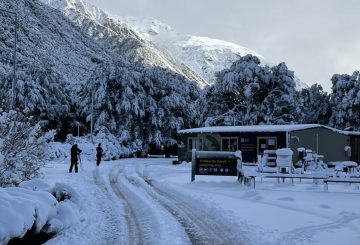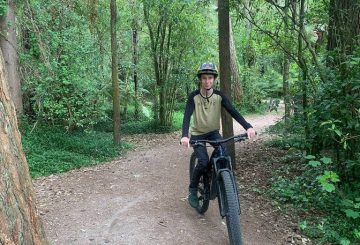The developer of a new commercial marina in Ōpōtiki, Bay of Plenty, is hopeful that construction will start next spring. Despite being one of about 150 organizations invited by the Government to apply for fast-track consenting under new legislation, Chris Peterson, the developer of Ōpōtiki Marina and Industrial Park, has no plans to pursue this option at this time. He has spent over two years negotiating with Whakatōhea and the six hapū, and believes significant progress has been made.
The marina project was given permission to proceed by the Bay of Plenty Regional Council in June last year. It is part of a larger development of Ōpōtiki Harbour, a joint effort between Ōpōtiki District Council, Whakatōhea and the central government to provide necessary infrastructure for the region’s aquaculture industry.
However, the marina project has been challenged in court by Whakatōhea hapū Ngati Ira, who have traditional rights over the area. The case is currently in court-ordered mediation. Peterson is committed to working with all the hapū groups of Whakatōhea and listening to their concerns.
The Fast-track Approvals Bill aims to speed up approvals for infrastructure and development projects of regional or national significance and reduce consenting costs. Despite being included in the government’s list of organizations for fast-track consents, Peterson has chosen to stick with the progress made in negotiations with the iwi and the hapū.
The marina project is divided into four stages, with the first expected to take less than a year to complete. This will provide berths for mussel boats and other charter boats, as well as a boat ramp and extensive water space for housing boats.
The local community is greatly supportive of the project, as it will bring high-value jobs to the town, including roles for charter boats and boat maintenance. Peterson remains optimistic that all issues will be resolved soon, allowing construction to begin in the spring.






























































